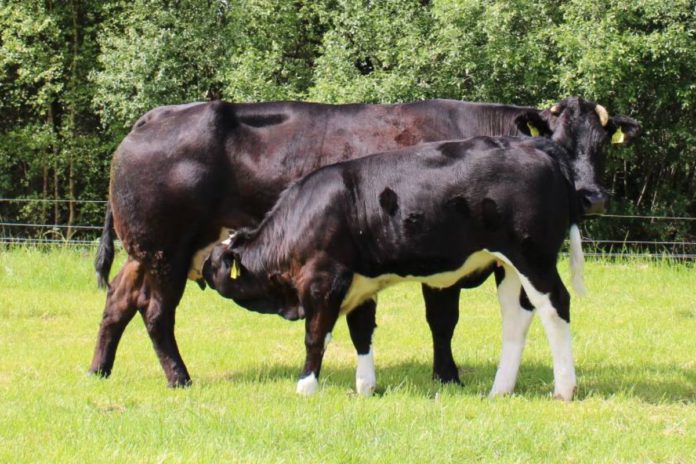GHG emissions on beef farms
How beef farmers can reduce GHG (greenhouse gases emissions) was the focus of Alan Nolan’s (Teagasc) presentation during a recent Teagasc webinar.
He discussed several measures that he believes would improve farm efficiency and, in some cases, profitability.
These include:
- Soil fertility;
- Slurry management/ Protected Urea;
- Better grassland management;
- Breeding/productive animals;
- Animal health;
- Earlier age at slaughter;
- Feed additives/new technology.
Soil fertility:
- Soil sampling and constructing a Nutrient Management Plan;
- Spread lime, regardless of your farming system. According to Nolan, it can release up to 80kgs of N/ha. He said it could lead to better use of applied chemical fertilisers and animal manures;
- Ensure you apply the correct fertiliser type at the correct time (during the grass growing season) using the correct amount;
- Better soil fertility will lead to improved grass production;
- Nolan suggested replacing CAN fertiliser with Protected Urea, which he stated is less expensive than CAN fertiliser on a per kg basis. In this article, Nolan’s colleague, Niall Treanor, B & T Drystock Adviser, Teagasc Galway/Clare, discusses the benefits of Protected Urea.
Slurry management:
- Ensure you have adequate slurry storage to have control over when you apply your slurry to grassland;
- Use LESS – Low Emission Slurry Spreading equipment. According to Nolan, its benefit include reducing ammonia emissions, a lower chemical fertiliser requirement and the retention of 3 units N/1,000 gallons of cattle slurry;
- Timing of slurry application: According to this advisor, spring is the best time to apply slurry on grass, and you should aim to spread 75% by May 1st each year. You should apply in cool, damp, overcast conditions and close to the growing season when soil temperatures are over 6 degrees Celsius.
Grazing management:
- Nolan encourages farms to measure grass for better animal performance, lower costs, and better-quality grass, which produce less methane. He advises farmers to walk farms on a regular basis;
- Achieve a longer grazing season: This will lead to a lower requirement for silage, meal and slurry spreading/silage production;
- Maintain grass quality: Implement a paddock system and aim for pre-grazing heights of 8-10cms, as opposed to 12cms, to encourage faster re-growths and more leaf and less stem in grass, which can lead to better animal performance. During the webinar, he explained: “If your cattle are eating more stemmy grass, there is more fibre in it, you are actually producing more methane then. If we can get cattle eating leafier grass, they perform better, are producing less methane, and by thriving better, we should be able to finish them quicker or more them on quicker as well.”
- Consider white clover and multi-species swards;
Suckler cow efficiency:
- Earlier age of first calving;
- Shorter calving interval – Having more productive cows with better fertility. Achieve close to 365 days;
- Improves calves per cow/year;
- Lower replacement rate – For all these KPIs, use your ICBF calving report to make informed breeding/culling decisions;
- More calves born from AI sires: “The idea is that you would be using sires that have a high index, more 4 and 5-stars, with higher reliability.”
- Improve 6-week calving rate – “The more compact your calving is, the better it will be from a grassland management point of view.”
Cattle lifetime performance/slaughter age:
- Animal health is “crucial”, as Nolan highlighted;
- Performance at grass;
- Silage quality to reach targets (weight gain, ect);
- Age at slaughter: According to Nolan, an earlier slaughter reduces lifetime GHG emissions. However, he stated that this comes at the expense of increased meal feeding. He urged farmers to avoid long store periods;
- Weigh cattle/monitor performance, particularly those finishing cattle or farming weanlings: Read the benefits of weighing cattle.





